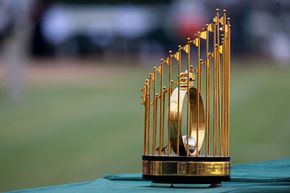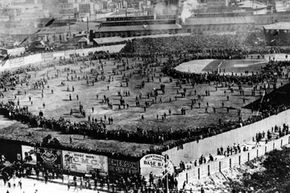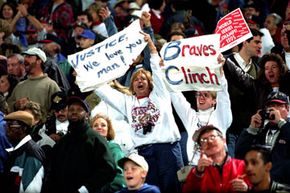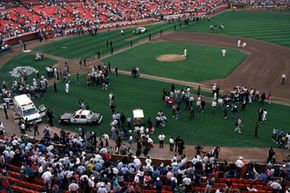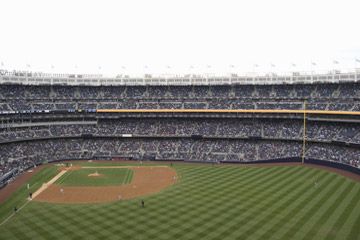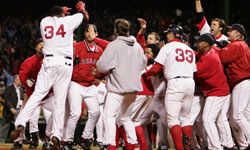The World Series is professional baseball's biggest moment and biggest stage. Known as the "championship round" of Major League Baseball, it's the culmination of a 162-game regular season, preceded by an eight-team divisional playoff and a championship series for the American and National Leagues. The eventual victors meet to determine baseball's annual dominant team.
Nicknamed the "October Classic" or "Fall Classic," the World Series is one of the biggest events in all of sports, witnessed all over the world by baseball fans via TV and radio, particularly in the United States, Canada, Latin America and Japan, the parts of the world where baseball is most popular. The winner gets the coveted Commissioner's Trophy, named so in 1985, but awarded since 1967.
Advertisement
The World Series has been held annually since 1903. Although today the American League and the National League are linked under the banner of Major League Baseball, back then they were actually rivals. The World Series established a true champion in all of baseball, while also bringing the two leagues together and solidifying the rules and regulations of professional baseball.
More than 100 years later, the World Series is one of the most highly anticipated events in sports. Read on to see how it got started, and how it evolved into the celebration of baseball, Americana and nostalgia.
Advertisement
